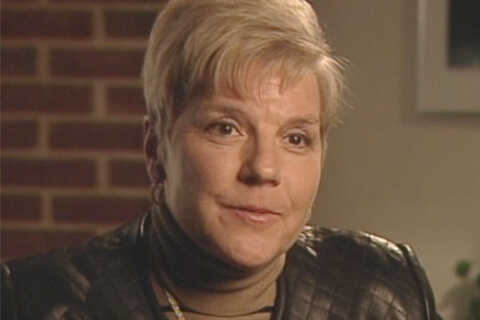Biography: Dr. Paula L. Stillman

Year: 1974
Achievement: Dr. Paula Stillman developed a competency-based program that used patient instructors to evaluate medical students' interviewing skills.
I think what inspired me to become a doctor was an organic chemistry teacher that I had while I was in college. Before I met her, I was planning on becoming a school teacher, and she said "I think you should become a doctor, and I'll help you get into medical school." So she was a great help to me early in my career.
While teaching pediatrics at the University of Arizona in the 1970s, Paula Stillman needed a reliable way to evaluate her students' clinical competence. Her solution was to train and use "patient instructors" or "standardized patients." Stillman's system is a competency based program, Objective Structured Clinical Evaluations (OSCE), developed to assess medical students, foreign medical graduates, and U.S. doctors in danger of losing their licenses. Her system has also been adopted by medical schools in China.
Patient instructors are more than just live teaching models or actors playing a part who simulate a clinical encounter. They function as the medical students' critics and teachers, and can become excellent judges of whether medical histories and exams are done properly and completely, even assessing whether the student has shown understanding, sensitivity, and other desirable social and medical skills.
Dr. Stillman's pilot project used trained standardized patient "mothers" to describe their imaginary children's symptoms and condition to medical students. By videotaping many of these encounters, she developed checklists of tasks and competencies. These were used by the actors to rate the students' ability to develop a good physician-patient relationship with the mother-patient and to collect necessary information. For example, did the student introduce her/himself by name? Did she/he ask about the child's sleeping patterns? Did she/he mention immunizations?
The project later expanded to include assessment of history-taking skills in other medical fields, as well as physical exams. Volunteers would allow themselves to be given routine physical examinations by medical students, then critique the examiners, again using checklists. To give students a broader range of patients, Dr. Stillman also asked the school's patients to become patient instructors.
Stillman's system has been replicated in medical schools across the country, and when Stillman moved to the University of Massachusetts Medical School in Worcester in 1982, she was able to organize a standardized patient consortium among area medical schools to train volunteers.
From 1991 to 1995, Stillman was invited to work with the medical board in China to establish OSCE-based instruction and ensuing exams. Until that time, there had been no Western-style tradition of breast and pelvic exams for women in China. Most medical school clinics lacked basic tools for physical exams, such as stethoscopes, and otoscopes, and the curriculum did not cover medical students' clinical skills in detail.

Dr. Paula L. Stillman
Dr. Paula L. Stillman
I faced my first obstacle the first day of medical school, and I remember sitting with three men in my class around a cadaver, as part of a gross anatomy course. And one of the men said to me, 'You took the place of one of my friends, and because you're here, he didn't get into medical school. And this is not a place for women. Women should be home and taking care of the house.' So that was an introduction to medical school. And what I decided after that was that I was going to work very hard and become a very good student, and try to amount to something with my career, so that I wouldn't feel I was taking anybody's place but I was there rightfully, on my own. Before we developed the standardized patient concept, the evaluation of clinical skills was very subjective. Students were either good or not good. They would occasionally be observed by an attending physician, but there wasn't a reproducible, reliable, valid way of assessing these skills and documenting whatever weaknesses existed, and then providing corrective feedback and education to the student. This technique allowed students to be compared to an absolute standard, and to have individualized feedback, and multiple observations by experienced people.
I was motivated to create this method of teaching and evaluating because I wanted to make sure that there was an opportunity for students and residents to really learn these very critical clinical skills, and not perpetuate mistakes.
I wanted somebody who was knowledgeable to be able to provide immediate feedback to them, and tell them what they did well, what they didn't do well, and make sure that they did it better the next time. When I went to medical school there were very few career paths that were open to women, and most of the women in my class went into pediatrics because it was very acceptable for us to do that. The other acceptable field at that time was psychiatry. Young women today who go into medicine can do anything. They can be surgeons, they can do whatever they want to do, and they have lots of options, which we didn't have so many years ago.



